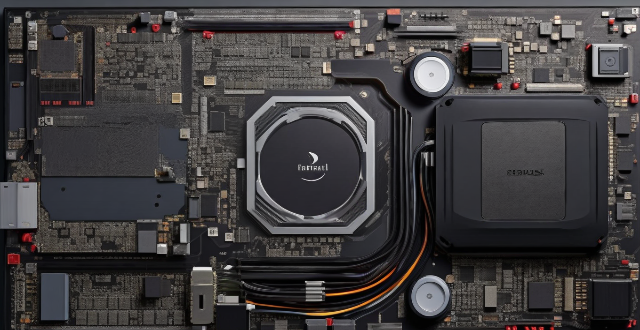A faulty computer motherboard can cause various issues like no power, random freezes, hardware incompatibility, overheating, visual cues, BIOS problems, sound and display anomalies, and performance drops. It is important to consult with a professional technician for diagnosis and repair or replacement.

Common Symptoms of a Faulty Computer Motherboard
A faulty computer motherboard can exhibit various symptoms that may affect the overall performance and functionality of your system. Here are some common signs to look out for:
1. No Power or Boot Issues
- Computer Won't Turn On: The most obvious sign of a faulty motherboard is when your computer won't power on at all. This could be due to a failed power supply or a short circuit on the motherboard.
- Inconsistent Booting: If your computer sometimes boots up fine but other times doesn't, it could indicate an unstable or failing motherboard.
2. Random Freezes and Crashes
- Blue Screen of Death (BSOD): Frequent blue screen errors, especially those related to hardware failures, can be a sign of a problematic motherboard.
- Random Freezing: If your computer freezes randomly, especially during high-load tasks, it could be due to a faulty motherboard.
3. Hardware Compatibility Issues
- Peripheral Failures: Problems with connecting and using peripherals like USB devices, audio cards, or additional graphics cards can indicate a motherboard issue.
- Incompatible RAM: If your computer fails to recognize or properly utilize installed RAM, it could be due to a motherboard problem.
4. Overheating
- Excessive Heat Generation: If your motherboard is generating more heat than usual, it could be due to a component failure or a short circuit.
- Failed Cooling Solutions: Overheating can also occur if the motherboard's built-in cooling solutions, such as heat sinks or fan connectors, fail.
5. Visual Cues
- Burnt or Bulging Capacitors: Physical damage to the motherboard, such as burnt or bulging capacitors, is a clear sign of a faulty board.
- Discoloration or Smoke Damage: Discoloration around components or signs of smoke damage indicate a potential electrical issue with the motherboard.
6. BIOS Issues
- BIOS Not Accessible: If you cannot enter the BIOS setup menu or make changes that don't save, it could be due to a faulty motherboard.
- Date and Time Resets: If your computer keeps resetting the date and time, even with a working CMOS battery, it could indicate a motherboard problem.
7. Sound and Display Anomalies
- Loud Noises from the Motherboard: Unusual noises coming from the motherboard area, such as humming or buzzing, could indicate a problem.
- Display Issues: Problems with video output, such as flickering screens or no display at all, can sometimes be traced back to a faulty motherboard.
8. Performance Drops
- Slow Performance: A significant drop in overall system performance, especially without any apparent reason, could be due to a motherboard issue.
- Boot Loops: If your computer gets stuck in an endless loop of booting up and shutting down, it could be a sign of a failing motherboard.
In conclusion, these symptoms can help you identify potential issues with your computer's motherboard. However, it's essential to consult with a professional technician to confirm the diagnosis and determine the best course of action for repair or replacement.